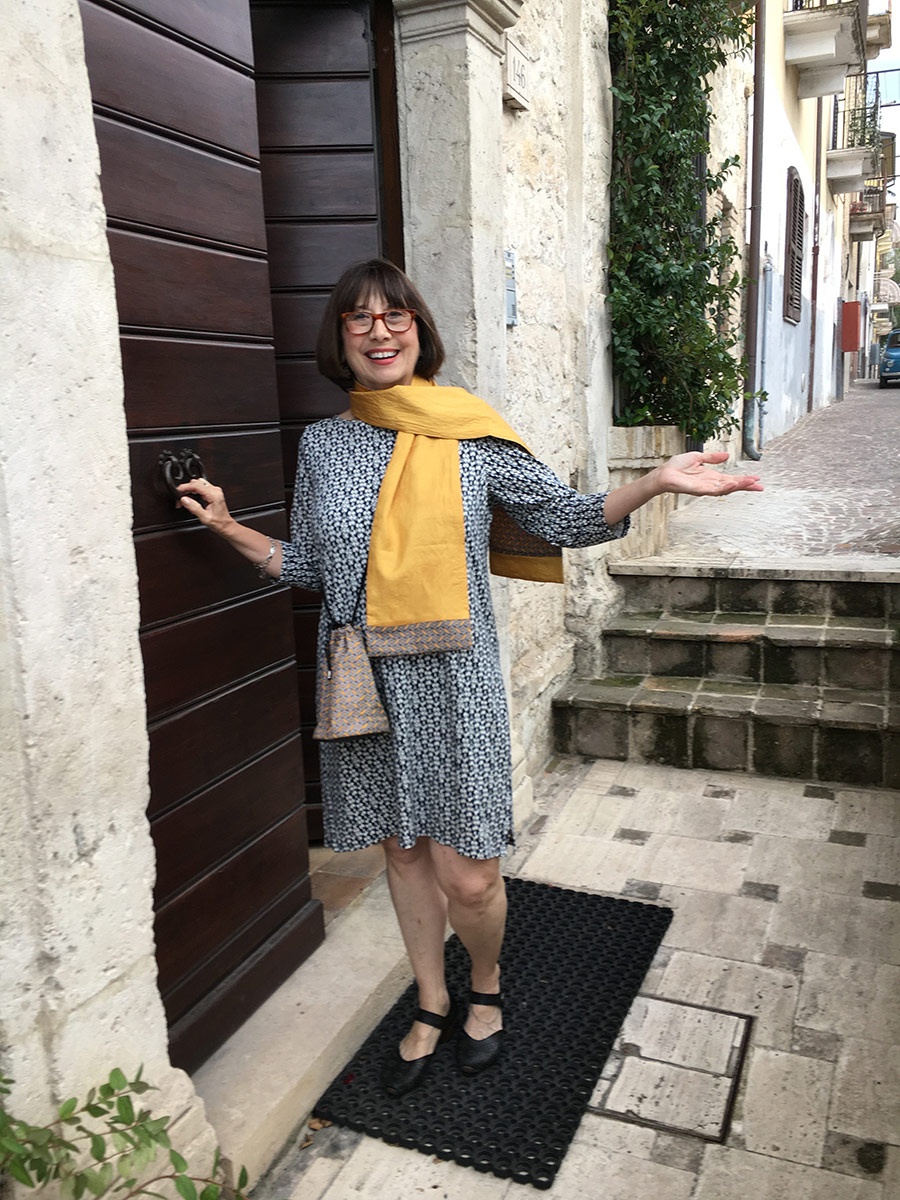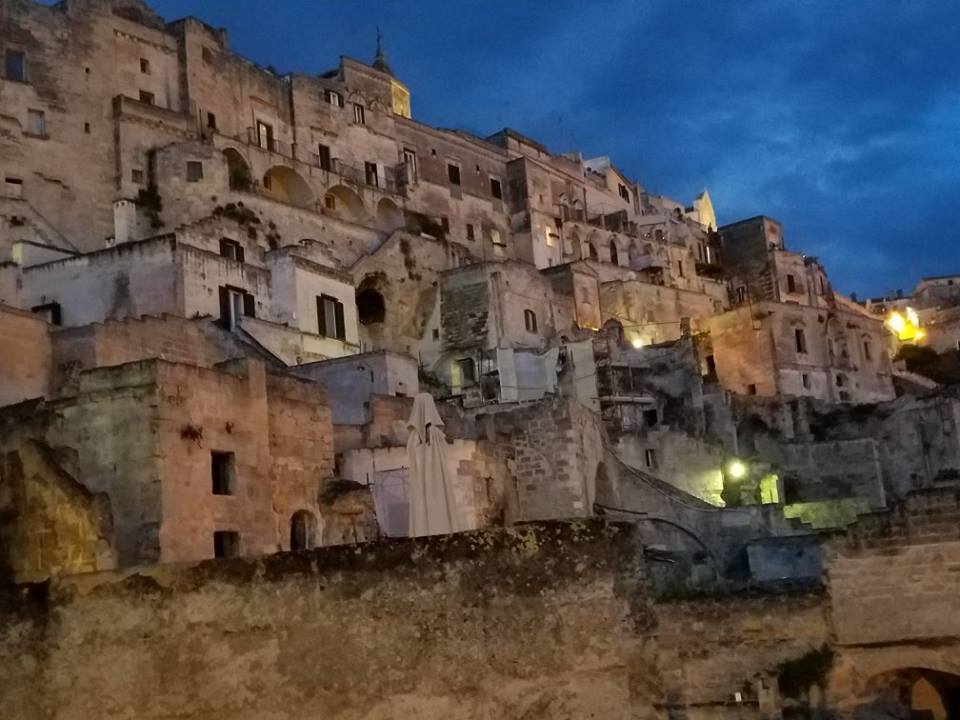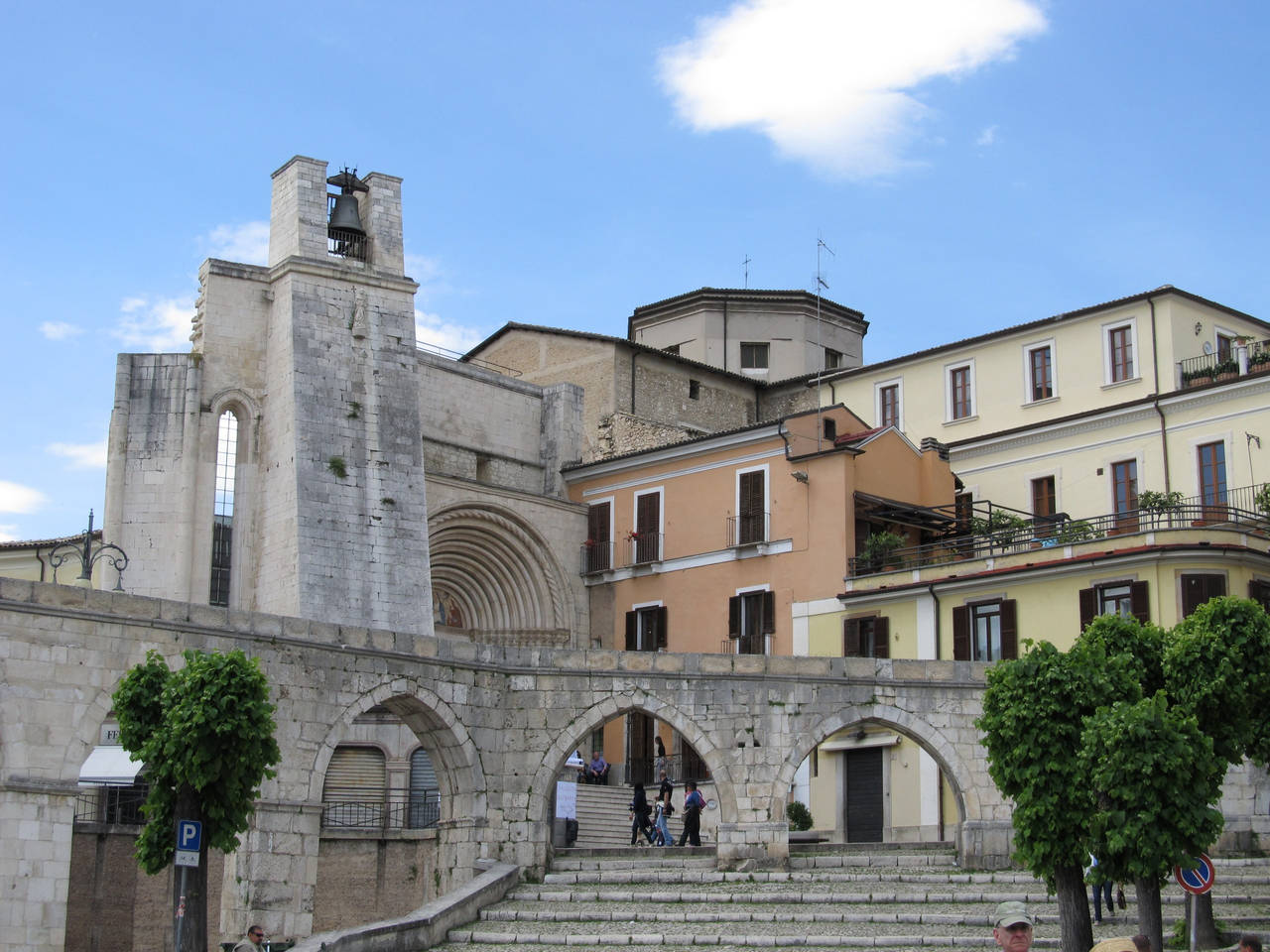Once you have traveled, the voyage never ends, but is played out over and over again in the quietest chambers, that the mind can never break off from the journey. — Pat Conroy
It’s true. The trip sticks with you: the stories, the sites, the smells, the food, the mishaps. Where you were when you lost your husband. What you were doing when he showed up again. How you bothered the shopkeeper time and again to use his phone to find your husband because you decided not to take your phone to Europe. How your husband’s phone was not ringing . . . oh yes. The voyage stays with you. Take Milan.
I could never do the city justice in one post, so we’ll be visiting Milan again. But I can tell you about a certain day in September when the stars were both wonderfully aligned and not so wonderfully aligned, simultaneously. And how these trials always work out for the best, anyway.
Four of us were traveling to Milan from a week-long stay in a lovely villa to the east. I had found a B&B through my LinkedIn connections and booked two rooms for us a few months before. I had heard that September was very busy in Milan due to several fashion industry happenings: Fashion Week, Shoe and Handbag Week, and so on and so we needed to book early. Would that we could have attended any one of those events . . .
We arrived in the early evening at Villa Magnolia Bed & Breakfast in Milan’s trendy “canal” (Navigli) district. The owners are New Englander Ann Marinelli Del Pero and her Italian husband, Pier, an architect. Ann and Pier live at the B&B with their daughter, Elisabeth, where Ann helps run the place while she pursues her journalistic career. Ann is also one of the dynamos behind Slow Travel for Women. The inn’s three elegant rooms, breakfast each day in the room and private car parking available made this a perfect place to rest and set off for the city.

The very first night, after settling in, we called an old friend and met him at his new apartment before going for dinner. Ann was very helpful in directing us to the right bus line and the downtown to find our friend’s apartment. It all worked beautifully. Roberto, an author and energy expert, took us to a wonderful place called da Puccini, a few blocks away, and directly across from the historic Teatro dal Verme. (Well, it was more than a few blocks away, to be honest, but Italians like to walk.) We had some good wine and classic food and were exhausted by the time we left. We slept well that night, eager to get started on our full day in the city.
The day began with a typical Italian breakfast in our room: strong coffee, blood orange juice, a little yogurt and a cornetto (croissant). Off we went, armed with the correct bus number and our first destination: Piazza del Duomo, where we would find the wildly ornate Gothic cathedral and also the very chic Galleria Vittorio Emanuele II, home to Prada and Tod’s and arguably the most elegant McDonald’s in the world.

But since our travel never takes a straight line, we jumped off the bus and were immediately sidetracked by a pastry shop. Now, we didn’t expect to find a collection of exquisite Sicilian pastries (and marzipan and wines) in the heart of Milan, but that’s exactly what we got. Pasticceria Fratelli Freni has been in Milan since 1914 and its proprietor, Mario Freni, honors his family’s traditions beautifully and runs the establishment with great care and well-deserved pride. Windows filled with magnificently creative marzipan creations (fruits, vegetables, animals) drew us in. But it was the pastries that made us stay. And as we stayed, I noticed the typically Sicilian fig and pistachio spreads and a few familiar Sicilian wine labels. When Mario offered us some samples, we were hooked.

Tim and I told him that we were great fans of Sicilian wines and raved about one of our absolute favorites (Carlo Hauner’s Malvasia delle Lipari) which we actually discovered in Sorrento. Needless to say, minutes turned into too many minutes and we left Tim there to place an order for some of Mario’s most favorite wines while we headed towards the Duomo. Tim would meet us there directly.
We crossed the piazza and headed towards the Duomo. It was a bright autumn morning and there was already a line outside the cathedral, but not too bad. We sat on the steps and waited for Tim. And waited. And waited. We could not have missed him: we were the only people sitting on the steps and were in direct view of where he would be coming around the corner from the pasticceria. It was puzzling. Eventually, we decided to get in line (which was growing) and save a place for him. When we reached the door to the cathedral, we went in. We would surely see him inside.
By now you must realize that we never found him inside the cathedral. But it was Sunday, and there was a mass going on, so we were in no rush to leave. The chanting and singing were amazing to listen to in the marble surroundings, even for us non-Catholics. This Duomo, Europe’s third largest church, was built over a 600-year period beginning in 1385, and boasts 135 spires. Atop the highest spire (355 feet) is a gilded statue of the city’s patron, Madonnina. Visitors can climb (or take a lift) to the top for an up-close look at the stunning stone carvings and spires and a breathtaking view of the city.

I didn’t make it up there on my first trip to Milan, but I was determined to go this time. A little vertigo set in — and there was no way I was going to walk up the stairs to the very top — but I am proud to say that I went.
Inside, we ooh-ed and aah-ed at the stained glass windows, the shrines, the candles and the (surprisingly) beautiful tiled floors. But we found no Tim.
We went outside and sat on the steps again. The piazza grew more crowded as lunchtime approached, and I was getting a little nervous. He had a phone, but I did not. I decided to go back to the pasticceria and Mario kindly let me use his phone to call Tim. There was no answer. I walked back to the Duomo, then over to the Palazzo Reale because there were Bellinis inside and he is Tim’s favorite painter and I thought perhaps he was there. I hung around outside for a while and, just as I was about to give up, I saw Tim walking toward me. He was furious. I was furious. It had been hours. But we got over it. He had been lost (or had we been lost?) but now was found. And he had, of course, seen his Bellinis.

Tim wanted to go up to the top of the Duomo and the rest of us decided to go over to the Galleria to window shop. But we didn’t get very far, since there was a long line of Ferraris revving their engines on the Corso Vittorio Emanuele II between the Duomo and the entrance to the Galleria. We found out that they were on their way to Monza, for the parade and festivities marking the last day of the Milan Grand Prix. Gentle reader, if you have never witnessed a long line of shiny red and yellow Ferraris revving their engines in unison, Italian drivers at the wheel, outside the Duomo in Milan, I simply cannot explain the sensation to you.
It was crazy. It was magic. And it was totally Italian. And Tim got to see it from the top of the Duomo!

We walked through the Galleria and all met up before long. We ventured into Prada and Tod’s and bought scarves and ties at a much more economical store. We stopped for coffee, bought gorgeous fragrant soaps at Coin and walked around the city together for the better part of the day. We stopped for a peek at Milan’s famed opera house, Teatro alla Scala — next time, our friend Roberto says, he can get us tickets. We will take him up on it.
Because of our post-breakfast foray into the pasticceria earlier that day, we had not been very hungry through all of this. But then it hit us. We needed lunch. And we needed it soon. But another sidetrack was about to happen, and it is a marvelous story. For next time.
Buon viaggio!
Linda Dini Jenkins is a card-carrying Italophile, travel planner, freelance writer, and amateur photographer. Travel is her passion, so writing about her travels just comes naturally. She hopes all her travelers find a way to express their joys, surprises, and fears as they travel and gives every traveler a nifty journal to help smooth the way. Learn more…















Recent Comments